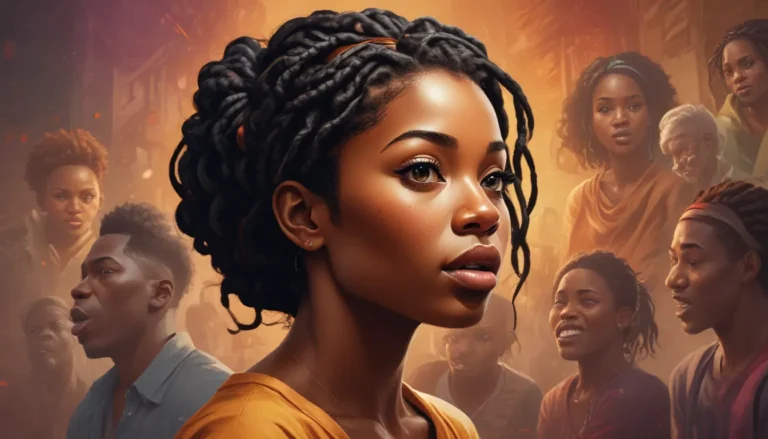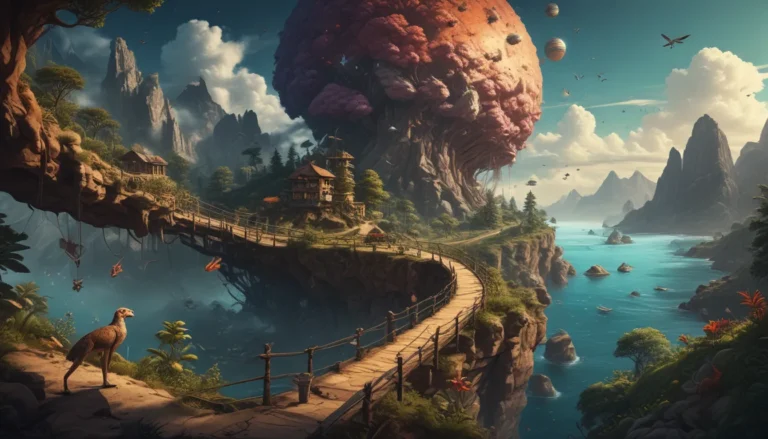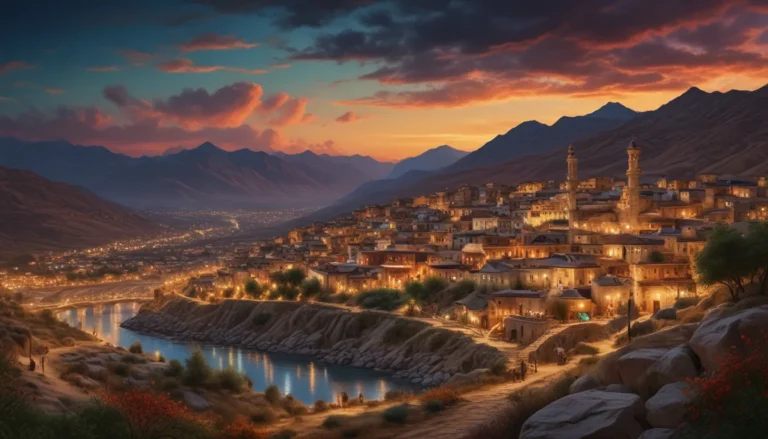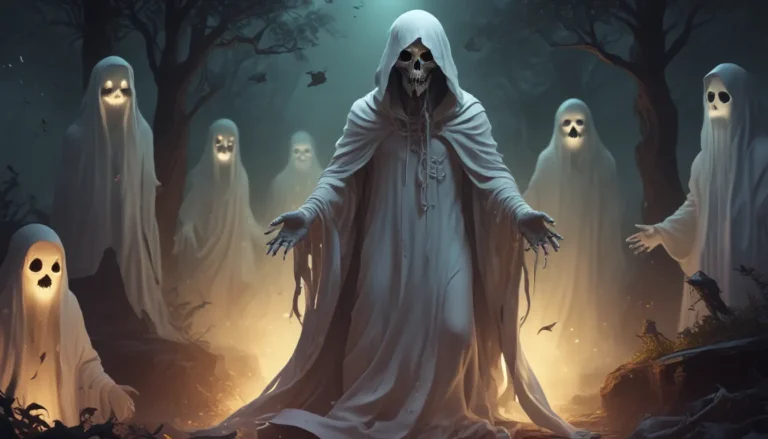The images in our articles may not match the content exactly. They are used to grab your attention, not to show the exact details in the text. The images complement the text but do not replace it.
Welcome to the colorful world of Holi, a festival that fills the air with joy and vibrant hues, bringing people together to celebrate the arrival of spring and bid farewell to winter. In this article, we will embark on a fascinating journey into the captivating festival of Holi, exploring its ancient origins, colorful traditions, and global celebrations. Join us as we delve into intriguing facts about Holi that showcase the essence of this joyous occasion.
Delving into Ancient Origins
Holi traces its roots back to ancient Hindu mythology, specifically the legend of Lord Krishna. Known for his mischievous nature, Lord Krishna enjoyed playing pranks and drenching people in colored water. This playful aspect of Krishna’s character has become synonymous with the spirit of Holi, where people come together to engage in joyous festivities and celebrate the victory of good over evil.
Embracing the Arrival of Spring
Celebrated on the day after the full moon in the Hindu month of Phalgun, Holi marks the onset of spring, a season of new beginnings and renewal. As winter fades away, nature blooms with vibrant colors, mirroring the playful and colorful nature of the festival itself. The essence of Holi lies in embracing the triumph of good over evil and the blossoming of new life.
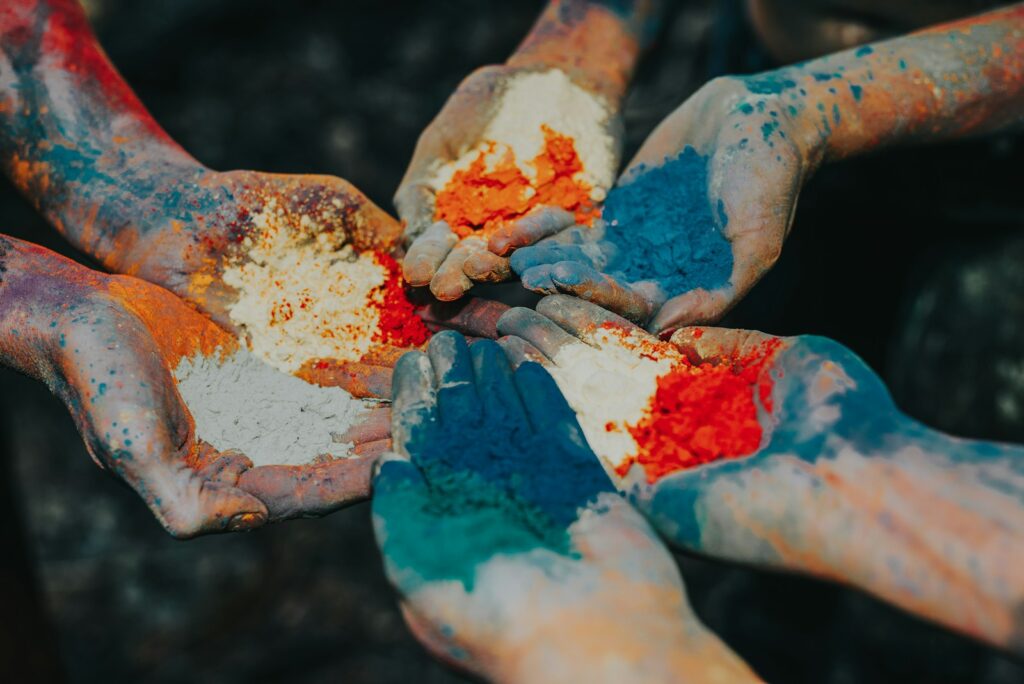
The Sacred Bonfire Ritual
On the eve of Holi, communities come together for the traditional bonfire ritual known as Holika Dahan. This ritual symbolizes the triumph of good over evil and commemorates the burning of the demoness Holika. The bonfire represents the destruction of negative energies and the purification of the soul, setting the stage for the colorful celebrations that follow.
Colors: The Heartbeat of Holi
One of the most iconic aspects of Holi is the playful and vibrant colors that fill the atmosphere. People joyfully throw colored powders and water at each other, creating a kaleidoscope of hues that symbolize different emotions and virtues. Each color holds significance: red represents love and fertility, blue symbolizes the divine, green signifies new beginnings, and yellow represents piousness and knowledge.
Playful Water Fights and Festivities
Holi is renowned for the spirited water fights that take place during the celebrations. From water balloons and water guns to buckets of colored water, everyone, young and old, indulges in drenching each other in a joyful display of camaraderie. These playful activities break down barriers and symbolize the festival’s spirit of togetherness and uninhibited enjoyment.
Indulging in Bhang Delicacies
During Holi, indulging in traditional sweets is a must, with Bhang being a popular delicacy enjoyed during the festivities. Bhang is a traditional Indian drink made from cannabis, known for its intoxicating effects. Prepared by grinding cannabis leaves into a paste and mixing it with milk, spices, and nuts, Bhang adds to the festive merriment and joy of the celebrations.
Savoring Traditional Sweets
No Indian festival is complete without the indulgence of traditional sweets, and Holi is no exception. Gujiya, a sweet dumpling filled with khoya and nuts, takes center stage as the quintessential Holi delicacy. Other popular sweets enjoyed during the festival include malpua, jalebi, and thandai, adding a touch of sweetness to the colorful celebrations.
Dancing to the Rhythms of Holi
Music and dance play a vital role in Holi celebrations, creating an atmosphere of pure joy and enthusiasm. People gather to sing traditional folk songs, dance to the beats of drums, and revel in the infectious rhythms and lively melodies. The festive music and dance add an element of festivity and celebration to the colorful proceedings of Holi.
Embracing Regional Variations
Holi is celebrated with great enthusiasm across different regions of India, each region adding its unique flavor to the festivities. In Mathura and Vrindavan, the birthplace of Lord Krishna, Holi is celebrated with grandeur and traditional plays reenacting episodes from Krishna’s life. In Punjab, the festival coincides with the harvest festival of Baisakhi, leading to even more vibrant celebrations.
Fostering Unity and Brotherhood
Holi transcends social barriers and promotes unity and brotherhood, bringing people together in a spirit of love and togetherness. It is a time to mend broken relationships, forgive past grievances, and start anew with a renewed sense of unity and compassion. Holi serves as a catalyst for fostering harmony and goodwill among communities.
Celebrating Globally
The popularity of Holi has transcended borders, with the festival now being celebrated in various parts of the world. Major cities across the globe host Holi festivals, attracting people from diverse cultural backgrounds. These global celebrations showcase the multicultural spirit of Holi and serve as a colorful celebration of diversity and inclusivity.
Embracing the Vibrant Spirit of Holi
Holi is a festival that embodies joy, love, and the vibrant spirit of life. With its ancient origins, colorful traditions, and universal appeal, Holi continues to captivate hearts and minds around the world. Embracing the spirit of unity, love, and renewal, Holi brings people together in a joyful celebration of life and the vibrant hues that surround us.
Frequently Asked Questions (FAQs)
What is the history behind Holi?
Holi has its roots in Hindu mythology and is associated with Lord Krishna. It celebrates the triumph of good over evil and the arrival of spring.
Why is Holi known as the Festival of Colors?
Holi is called the Festival of Colors because people playfully drench each other in colored water and throw colored powders during the celebrations.
When is Holi celebrated?
Holi is celebrated on the day after the full moon in the Hindu month of Phalgun, usually falling in March.
What is the significance of the bonfire ritual in Holi?
The bonfire ritual, known as Holika Dahan, symbolizes the destruction of negative energies and the purification of the soul.
How is Holi celebrated outside of India?
Holi is celebrated in various countries around the world, with cities hosting Holi festivals that attract people from different cultural backgrounds.
In conclusion, Holi is a festival that transcends boundaries, bringing people together in a colorful celebration of joy, unity, and renewal. Whether in India or around the world, the vibrant spirit of Holi continues to enchant and captivate all who partake in its colorful festivities. Join in the celebration of love, togetherness, and the vibrant hues of life as you immerse yourself in the joyous world of Holi.

